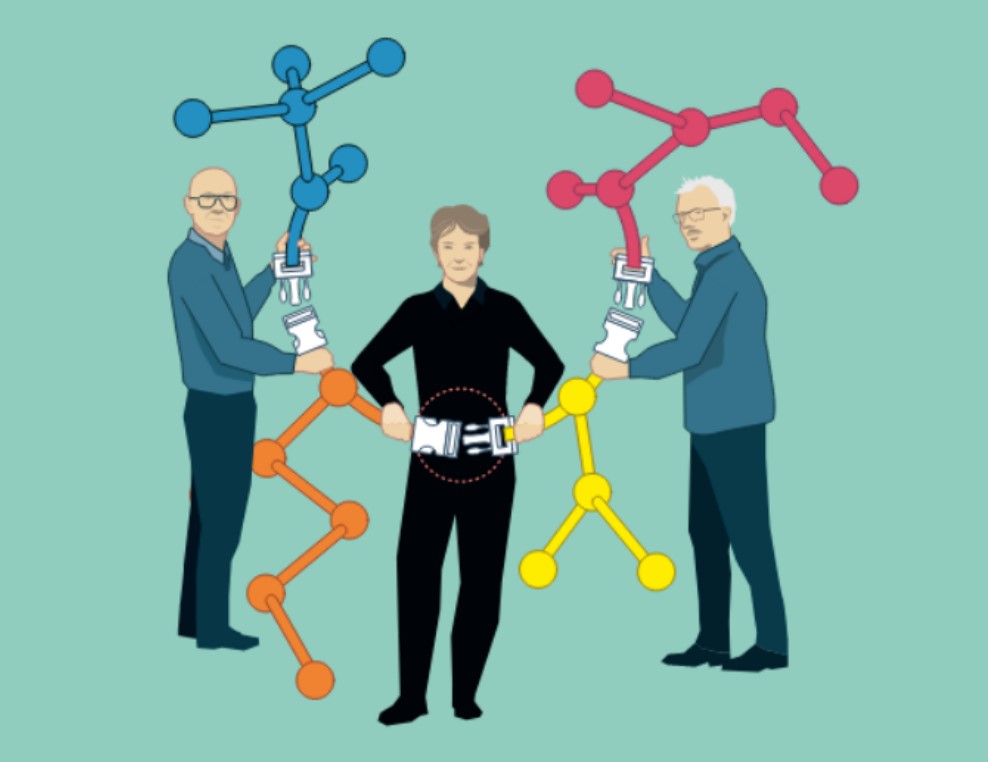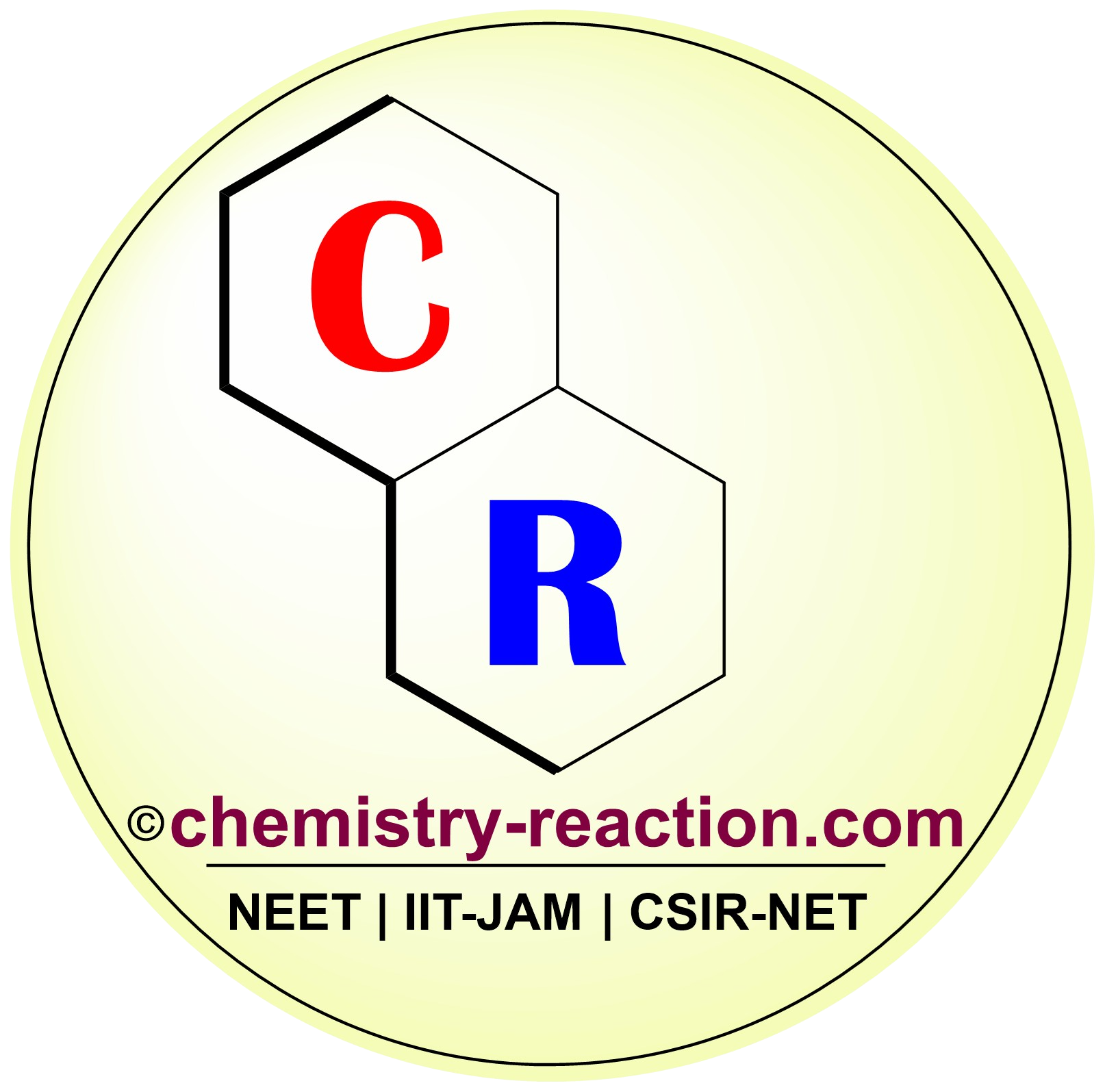Table of Page Contents
What is Click Chemistry?
Click chemistry is almost like it sounds it’s all about snapping molecules together. Imagine that you could attach small chemical buckles to different types of building blocks and then link these buckles together and produce molecules of Greater complexity and variation.

Sweden’s Karolinska Institute announced on Wednesday. Americans Carolyn R. Bertozzi, Morten Meldal, and Denmark’s K. Barry Sharpless have won this year’s Nobel Prize for chemistry. Their topic of work is “click chemistry and bioorthogonal chemistry.” The award marks the second Nobel for Sharpless (the first chemistry Nobel in 2001). Co-winner Bertozzi hopes the prize will be energizing for the field.
First, this year’s Nobel Prize for chemistry has been shared by three scientists, Morton Mehldau from Denmark and two Americans, Carolyn Bertozzi and Barry Sharpless. They have been recognized for the development of bio-orthogonal chemistry and click chemistry. This involves attaching molecules to new ones. Sharpless, only the fifth person, will ever receive a second Nobel Prize.
The chair of the Nobel committee for chemistry, Johan Aquist said:
Click chemistry is almost like it sounds it’s all about snapping molecules together. Imagine that you could attach small chemical buckles to different types of building blocks and then link these buckles together and produce molecules of Greater complexity and variation.
Leah Albright from the science department said:
It sounds like Lego to me, and that was the picture I first had in mind. It does sound like a game, and it is because it’s imagined Lego cubes. You have a yellow one, a blue one, and a green one, and you can click them easily together and build something new out of it. Right, a house or whatever you want, and that connects chemistry. With molecules in very tiny Dimensions, the Lego cubes are molecules, and you can again put or take different molecules and click them quickly together. So the new thing is that they found the click like the buckles, as we just heard, and that was the recent discovery they made, which made it easy now to have new buildings, new molecular buildings in chemistry as a whole but also our bodies and our living cells even.
Bit more about the three laureates and their research:
Barry Sharpless was the first to discover the concept of Click chemistry. So he had the idea that, well, maybe we could take these two molecules and Click them have an easy way to put them together. This idea went all over the chemistry world. It was huge, and many people then started thinking about applications and how to implement them. So that’s where Martin Meldel came in, and he found the first reaction where that occurred could be applied where he could make molecules exactly make molecules click together. Then he used copper as a buckle. Now copper is metal, and if we look at our bodies, too many metals are unsuitable. And they are metal, especially too much copper. So, how can we use click chemistry in our cells and bodies? That’s where Carolyn Batozi came in. She used sugars or a sugar complex as buckles and now made it also possible to click to get the molecules in our own body, in living cells.

Now, how does click chemistry affect our lives?
well a click chemistry, yeah I think that that’s another part of research. but the good thing about collecting molecules together is that you can also click something, a shiny molecule onto another molecule on our body, so you can make things shine, you can make things see in our body. And that’s how you can track, for example, where processes occur, and diseases develop. Where drugs are delivered into our bodies. If they go to the wrong place or to the right place, it really helped us in pharmaceutical development; it helped us in making new drugs and in materials research on how to make more robust new materials. Of course, needed in these times of climate change and everything else. But I think pharmaceutical things have new things, and that’s also what the Laureate Karen Batozi mentioned in her speech after she was announced the winner of this Nobel Prize by the science department.
Thank you very much for reading click chemistry.
#nobelprize2022 #chemistry #clickchemistry
My name is Pradip Sanjay W. I’m an organic chemist originally from Maharashtra, India. I have qualified UGC NET-JRF, GATE in chemical sciences and MH-SET exam for assistant professor. I’m currently pursuing my Ph.D. in organic chemistry at the Indian Institute of Technology Hyderabad, India.

1 thought on “What is Click Chemistry?”